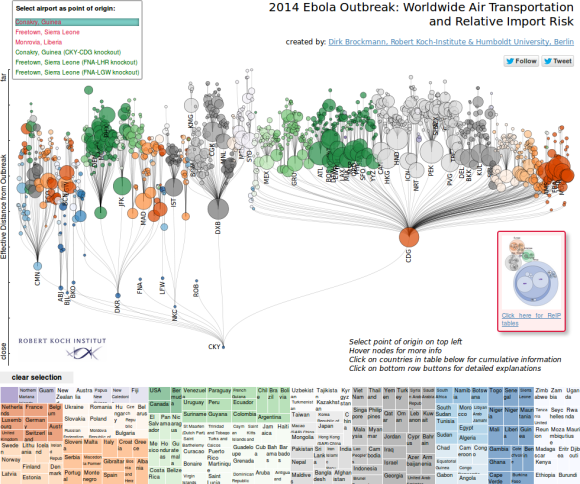On 1st of December the first Computational Social Science Wintersymposium took place at GESIS in Cologne. Here some of my impressions about my second scientific conference.
The topic of the CSS Wintersymposium was “Understanding social systems via computational approaches and new kinds of data”. The day was well visited with about 115 participants – one third from Computer Science, another third from Social Science and the rest from all kinds of disciplines. Funny-wise, I even met two Environmental System Scientists from Osnabrück, something that is not very likely in this relatively new discipline with just a few faculties teaching it.
The conference was introduced by Markus Strohmaier, Head of the Computational Social Science Department here at GESIS and my advisor. During the day several presentations, a Pecha-Kucha and a poster session followed, before it ended in a casual evening in a typical Cologne-style brewery. But let’s take it step by step and get a little bit into the talks which inspired me most (all of them were recorded, as you can see in the playlist below).
Dirk Brockmann: The hidden geometry of complex, network-driven contagion phenomena
Dirk Brockmann from the Research on Complex Systems Department at the Humboldt University Berlin, presented results from his recent work. One of the most impressive work showed was his network analysis about the 2014 Ebola Outbreak [zotpressInText item=”{EAPXQN5N}”], which will stay in my mind for some time. It showed a very useful case, where science delivered desperately needed knowledge to solve real world problems with a huge impact.

Interactive visualization of Ebola import risks through airports – by Dirk Brockmann
Diseases were for me not new, they are a very common usage of Systems Science. In Graz, teachers often used it to show dynamic and complex behaviour of interdependent systems in mathematics, next to the usual predator-prey-models. But mostly it were about formal theoretical thinking or solving hypothetical or long-gone problems, but rarely about an issue that is popping up on my daily news-stream and to which I feel directly related. This experience of connecting my small world of scientific thinking with a global issue was a very inspiring experience and again brought meaning into my thinking about “what do I want to do as a researcher?”. I’m pretty sure, this experience will pop up over and over again to evaluate the relevance of my activities in the future, no matter if in- or outside of science.
Ciro Cattuto: High-resolution social networks from wearable devices
Ciro Cattuto gave a very lively talk about different works of him and his team. As an Open Science enthusiast the SocioPatterns project caught my attention:
…the collaboration supports the development of the SocioPatterns sensing platform, which uses wireless wearable sensors to gather longitudinal data on human mobility and face-to-face proximity in real-world environments. The SocioPatterns team also works on developing tools and techniques to represent, analyze and visualize the collected data.
— SocioPatterns.org
In the study Gender homophily from spatial behavior in a primary school: a sociometric study [zotpressInText item=”{GNGUZC6T}”] this type of data-collection was used to follow children (6–12 years) in a French primary school and measured how long they communicated to each other. The study showed some interesting differences between girls and boys in their development of gender homophily in the early age.
Most of the hardware and software developed for SocioPatterns.org are accessible, but unfortunately they use the Creative Commons BY-NC-SA as license – so not really open, but still the right direction.
Pecha Kucha
Fabian Flöck and me then moderated a Pecha Kucha session with the contributors of the 32 posters. Each talk had exactly 2 minutes time, which we demanded precisely. 😉
The session was really dense and fast, and I think it delivered the main goal quite good: it connected researchers based on their work and interests to being able to get in touch afterwards.
Frank Schweitzer: Modelling emotional agents – Data, Interaction, Simulation
The closing talk, and for me the most interesting one, was held by Frank Schweitzer, a Full Professor for Systems Design at ETH Zurich. He summed up the day and made some clear statements about challenges in the field of Computational Social Science, as the picture below shows.
https://twitter.com/ph_singer/status/539468291522437120/
Copyright: Philipp Singer
I’m thinking a lot about the scientific and socio-cultural dynamics between the Social and Computer Science communities – the problems, the challenges and mostly the many opportunities I see. But more on this sometimes later in an own post.
Resumee
The day was a good balance between heavy input, social interaction and having a nice time. Sounds normal, but often events lack in one of these areas. Too much information can make knowledge processing and memorizing hard and social interactions unease. The positive atmosphere and the good organization made this possible and lead to new connections between researchers from different communities.
For next year I would like to see more discussions about what Computational Social Science is and the different approaches in the intersecting disciplines – getting a little bit out of the comfort zone and creating some constructive friction. A practical part with workshops around questions like “which programming language should I use”, “how to present, share and publish my work best” or “can you show me how to version my code, data and documentation” would be very valuable, especially for early career researchers. Also more discussions about methodological aspects, especially on the link between data design and evaluation would be interesting.
So it is easy to say, the best improvement would be to extend the format and make it 2015 several days. See you hopefully there.
References
[zotpressInTextBib style=”apa” sort=”ASC” download=”yes”]

